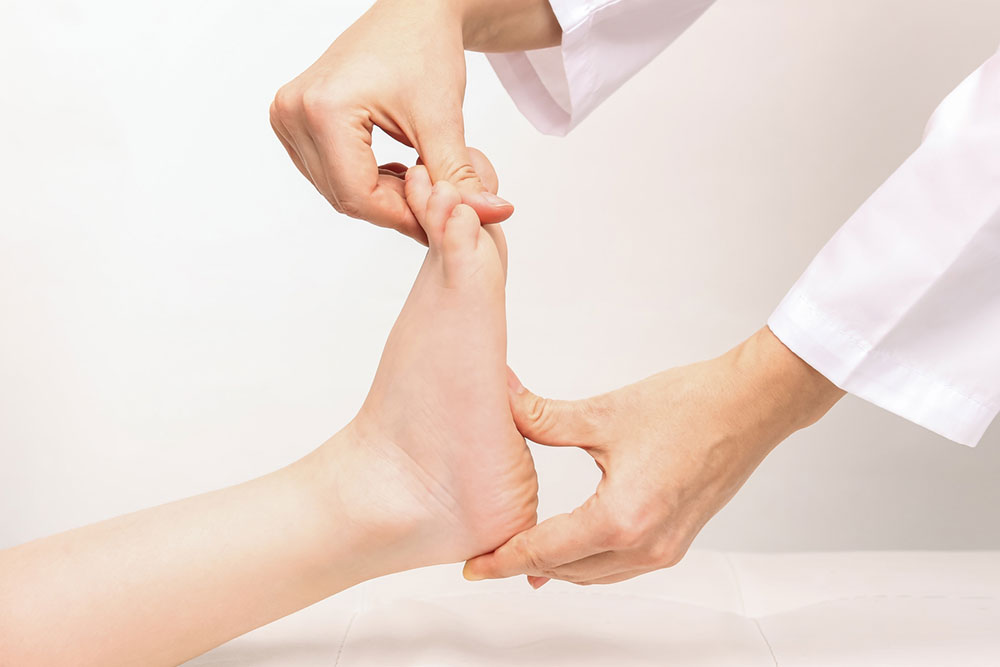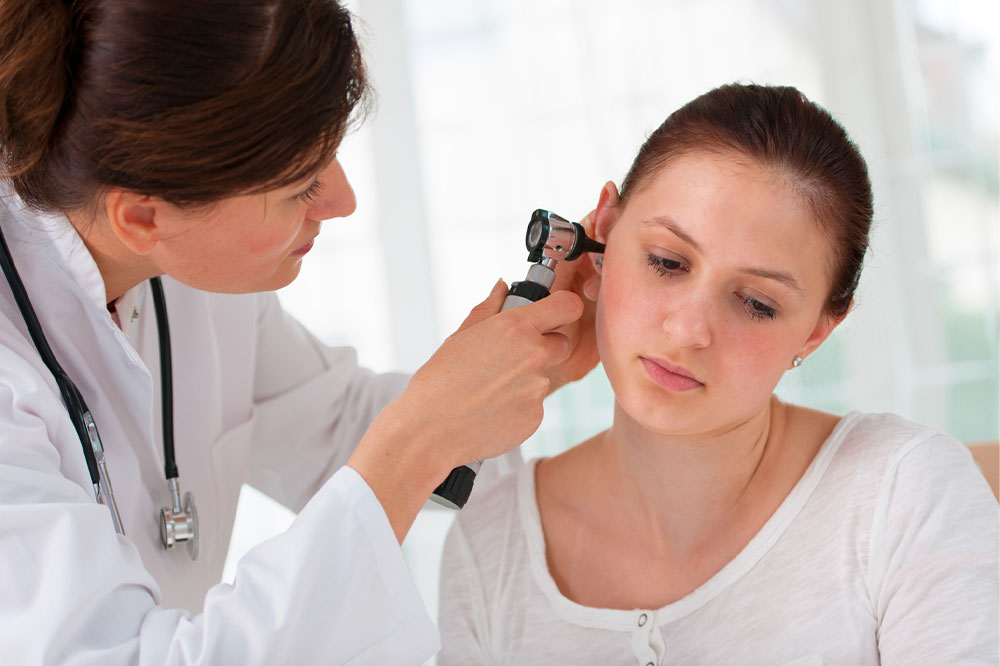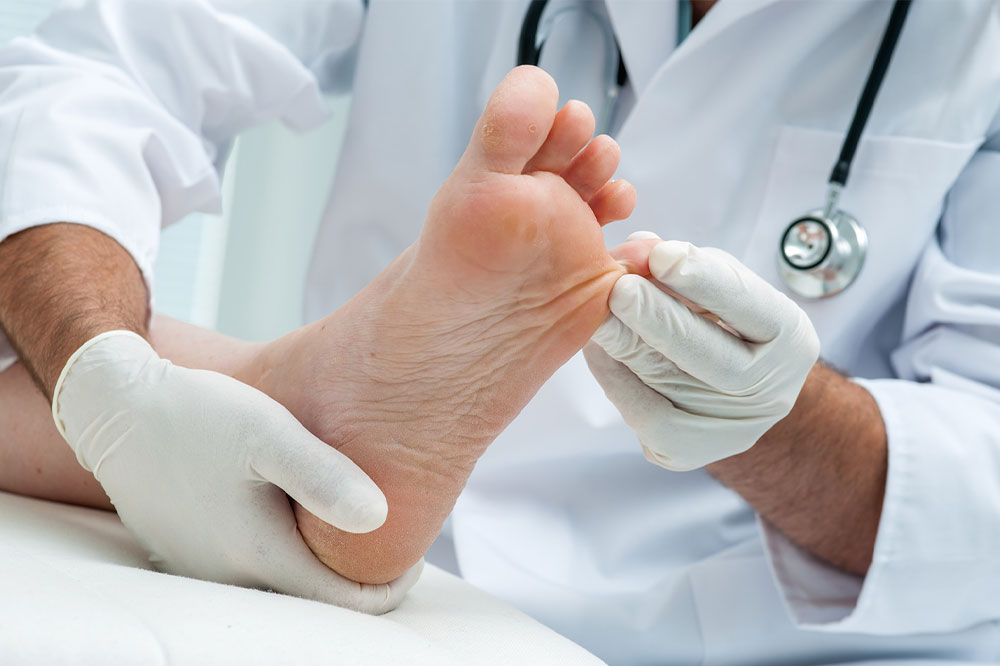Understanding Osteomyelitis: Symptoms and Treatment Approaches
This article explores osteomyelitis, highlighting its symptoms, diagnostic methods, and surgical treatment options. Early detection and medical intervention are vital for effective management. Learn about signs like pain, swelling, fever, and the possible need for procedures such as debridement or limb amputation to prevent complications and promote healing.

Understanding Osteomyelitis: Symptoms and Treatment Approaches
Osteomyelitis is a bacterial infection that targets the bone, often arising when pathogens travel through the bloodstream or invade from nearby tissues. It can also initiate directly at the bone due to an injury or open wound, allowing germs to infect the site. Recognizing the signs and understanding the available treatment options are essential for effective management.
Key symptoms include:
Persistent bone pain
Early in infection, individuals experience intense and ongoing pain in the affected bone, which worsens with pressure or movement.
Swelling & redness: Inflammation from infection causes localized swelling, warmth, and redness around the affected area.
Fever & chills: As the body fights the infection, temperature rises, often accompanied by chills.
Fatigue: The immune response can lead to exhaustion, weakness, and lethargy.
Pus discharge: In severe, untreated cases, abscess formation may lead to pus drainage from the wound.
Limited mobility: When joints are involved, inflammation and tissue damage restrict movement and cause pain.
Management and Treatment:
Most treatments involve surgery to remove infected tissue and drain pus. The procedure typically includes:
Drainage: Opening the wound to eliminate pus.
Debridement: Removing infected bone and tissue, and excising diseased areas as close to healthy tissue as possible.
Restoring blood flow: Filling the void created by debridement with healthy tissue or bone grafts to promote healing and regenerate blood vessels.
Removal of foreign objects: Removing implants like screws or plates if they harbor infection.
Amputation: In severe cases where the infection spreads extensively, limb amputation may be necessary to prevent systemic spread.
While natural remedies are limited, incorporating immune-boosting foods like garlic can support recovery. Accurate diagnosis via blood tests, imaging, and biopsy is crucial. Blood tests reveal infection markers; X-rays and MRI scans assess bone damage; biopsies identify the infectious germ to guide treatment.










